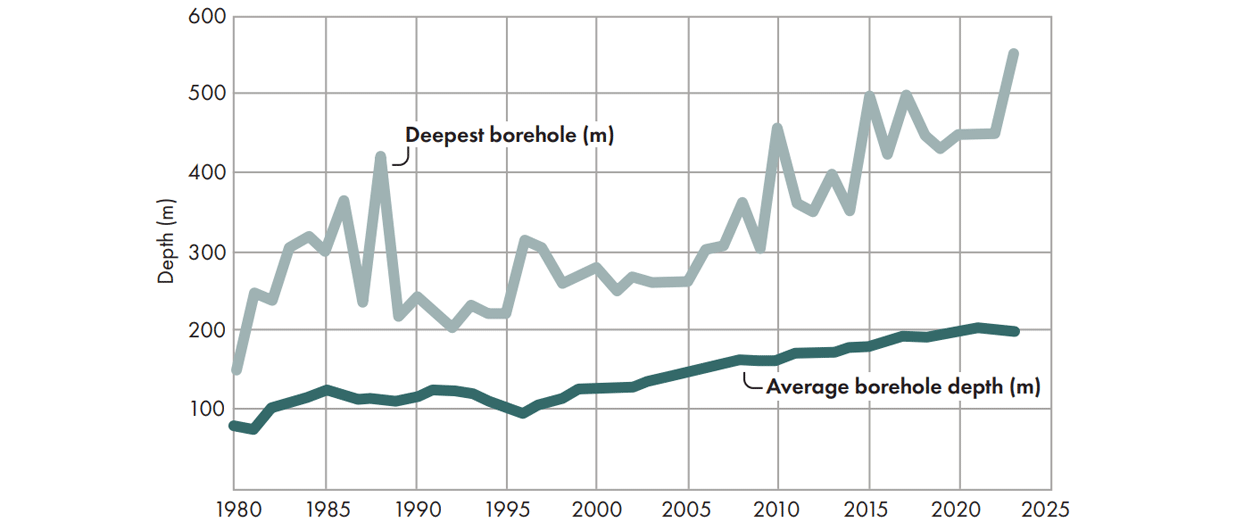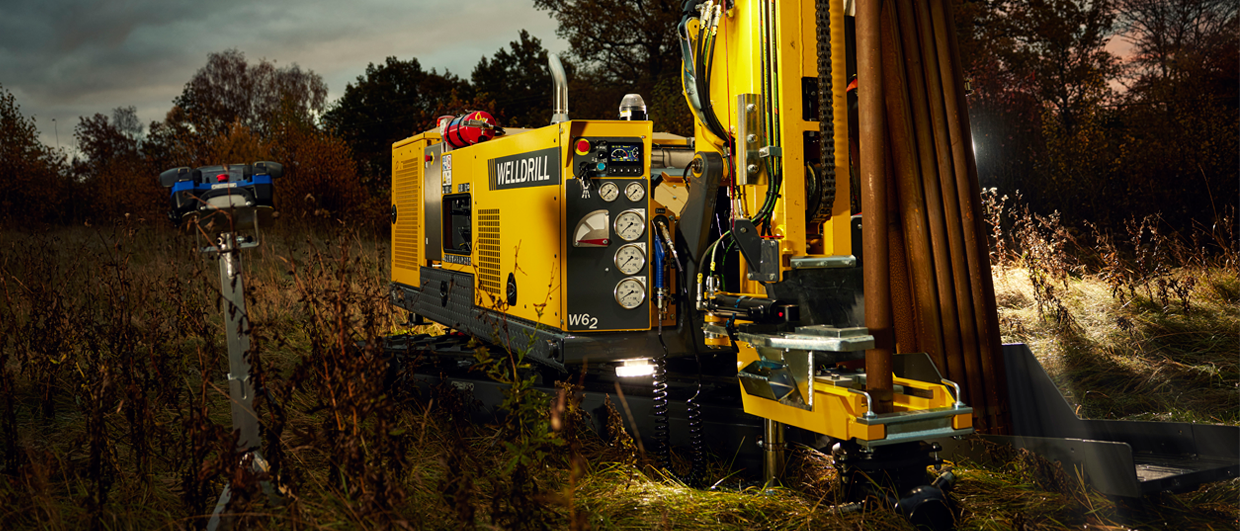Sweden comes third in the list of countries using geothermal energy. But it is not deep geothermal energy, it is shallow geothermal – mostly sourced through closed loop systems of only a couple of hundred meters deep.
“Back in the 1980’s and the early 1990’s, each (ground source) heat pump was basically tailor-made to be fitted in somebody’s basement”, says Signhild Gehlin from the Swedish Geoenergy Center. Then, in 1995, and this is a key moment in the Swedish geo-energy history, the government decided to organise a competition to design a heat pump for a single family house with a borehole. The government also guaranteed the purchase of 10,000 heat pumps from the winning design.”
“The winner of the competition, called the Markus 2500 Combi, was a complete disaster”, says Signhild. “The refrigerant and the lubricating oil delivered by the supplier of the compressors in the heat pumps were incompatible for longer operations. The refrigerant reacted with the oil, slowly thinning it out until it stopped performing its lubricating function and the compressor malfunctioned”, writes Petter Johansson in his book “A Silent Revolution”. But, instead of a market collapse following this debacle, it created the boost the companies that initially lost out needed. “The three biggest players in the Swedish ground source heat pump market at the present day were born during this competition”, says Signhild.
Innovation in drilling
The rapid development in ground source heat pump technology that started in 1995 subsequently ignited innovation in the drilling sector too. Until the mid 1990’s, most shallow geothermal loops were drilled by rigs that were designed to complete water wells. These rigs could easily drill up to 100 m, which was mostly fine for groundwater purposes.
The compressor fitted on these rigs had a capacity of 20 bar, which meant that they could theoretically ensure upward circulation of the cuttings from around 200 m depth. “In practice”, Signhild says, “it was more like 160 m.” But then, thanks to the rapid evolution in heat pump COP and an increasing demand for a higher energy yield, it was soon realized that deeper wells were needed. This, in turn, created the momentum behind developing a more powerful compressor and a fleet of dedicated rigs for drilling shallow geothermal loops.
For that reason, it is no coincidence that from 1996, the average borehole depth for ground source heating purposes starts to increase, perfectly aligning with the moment at which heat pump technology is being developed fast. It is a perfect example of how the development of one part in the value chain spills over to adjacent ones.




